Jason Cash, owner of Cash Farms Pure Maple Syrup in Atwater, Ohio, offers helpful information about tree tapping. Check out his podcast here for more information.
Jason and his family have been tapping about 100 acres of sugar maple trees (that’s over 1,500 trees) for two decades. “It’s more of an overgrown hobby,” said Jason. “I use this project as a way to connect with our family farm and spend time outdoors.”
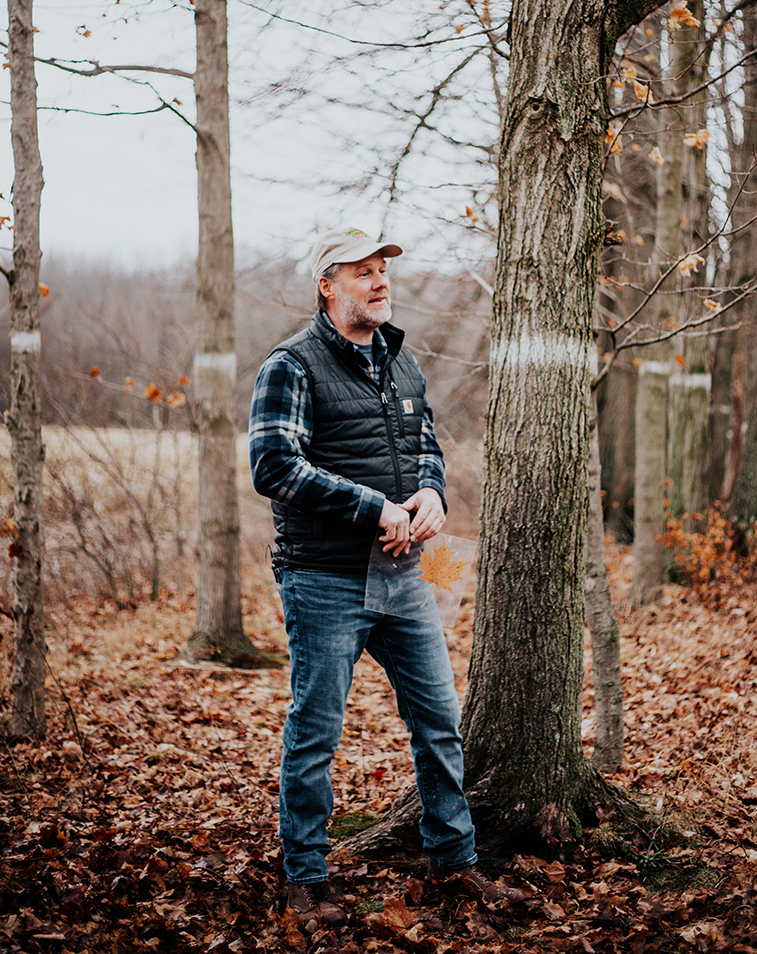
Jason never had maple syrup until he started making it himself. One day over 20 years ago, Jason and his dad were walking the property and came across a line of sugar maples. The trees were standing in a straight line because the fence that kept the cows in was along that tree line. When his dad told him those trees could be tapped for syrup, he felt he had to try it!
“That next winter, I bought five buckets and pails and cooked it over the campfire for 48 hours straight. At the end I had about a quarter of a cup of maple syrup. It was delicious and I’ve been hooked ever since!” said Jason.
How to Process Sap
The processing is really simple – you boil the sap to remove the water, and then you filter the syrup to remove the sediments or sugar sand, as some people call it.
The official ratio is 43:1 which means it takes 43 gallons of sap to make one gallon of maple syrup but it depends on the sugar content of your sap. Sap is mostly water, which is why you have to boil it down to get the maple syrup. “If it’s a wet spring, the trees will absorb that moisture and your sugar content will be lower, which means it takes more sap to make syrup. Conversely, if it’s a dry spring your sugar content will be higher,” he explained.
You can test the sugar content of your syrup by using a hydrometer to measure the thickness of the liquid.
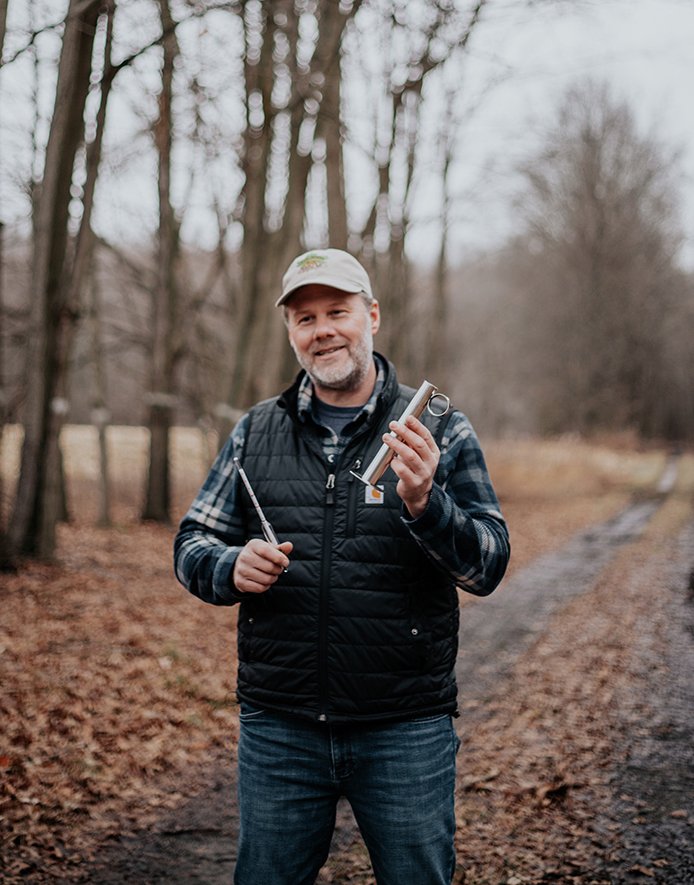
When to Tap Trees
The tapping season is six to eight weeks, from late winter to early spring (Valentine’s Day to Easter), so it’s not a one-day project. It’s also very weather dependent – you need nights that fall below freezing to days that are above freezing. Sap only flows only when the temperature goes up. (You need the fluctuation from below freezing to above so the sap flows as the temperature warms up, then the roots replenish with water from the surrounding ground when the temperature drops below freezing.)
You can get a gallon of sap from every tree with every temperature change. So if you have 20 trees, on average, you will have 20 gallons of sap to process. Every tree will run differently, but will average between 1-1.5 gallons per day every time we get a fluctuation in temperature. For every tree that you tap, you will get one quart of syrup for the season.
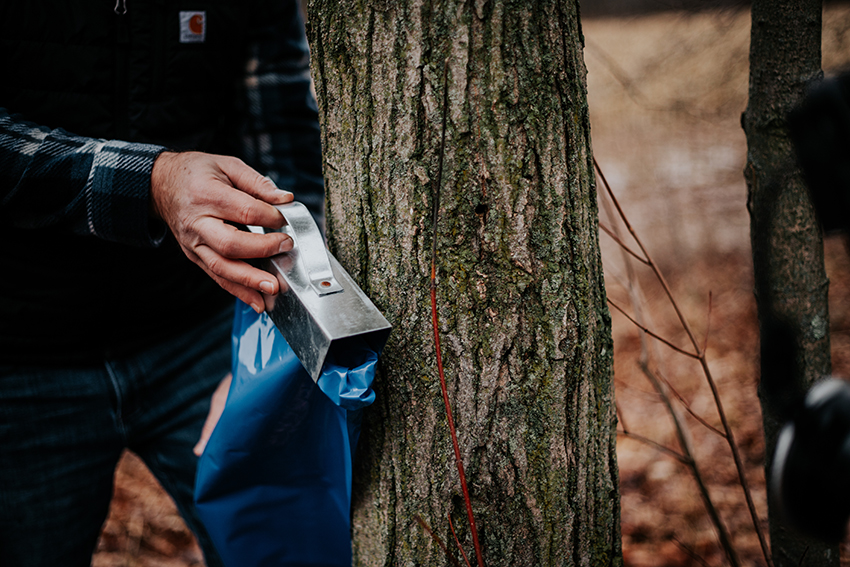
If you want to have pure syrup for your family, that’s about four gallons of syrup. If each tree produces one quart of syrup, that means you need to tap 16 trees to have enough sap to make syrup for you and your family. “Sap is perishable once it leaves the tree – think of it like milk. After two to three days, it will sour, so you have to process it or keep it cold until you can process it,” said Jason.
If you don’t have access to maple trees, but you still want pure maple syrup, check out Lehman’s syrup. It’s boiled the old-fashioned way, in the same sugar shed the Lehman family has been using for 100 years.
Helpful Hints
HINT: Don’t boil the sap inside your house – the evaporating steam is substantial so boil it outside or in your garage.
HINT: If you can’t process the sap for a few days, make sure you keep it cold. It will spoil after two to three days.
HINT: Maple syrup is not just for breakfast! It’s a great replacement for refined white sugar in baking. It’s sweeter so you can use less and it has fewer calories per serving.
HINT: Identify sugar maples in the fall. Their leaves turn bright yellow or orange and the leaves have three to five points and are round (like a “u”), not jagged (like a “v”).


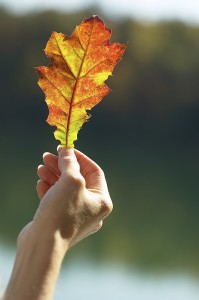
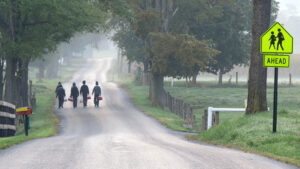
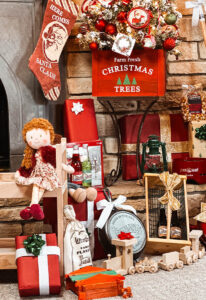
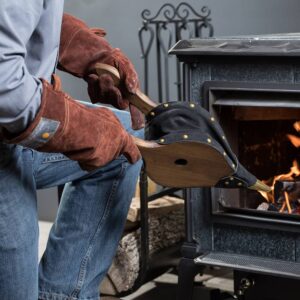
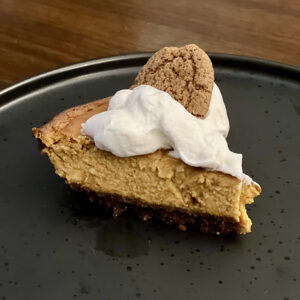
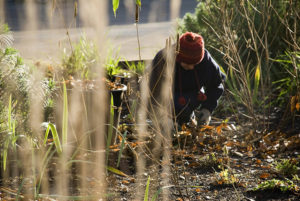




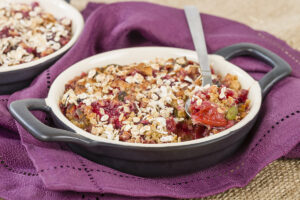
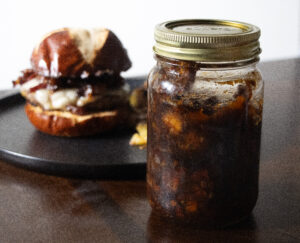
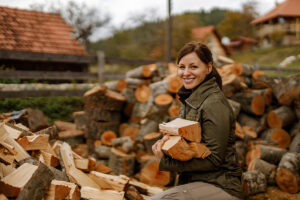






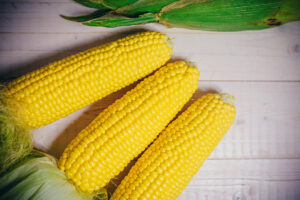

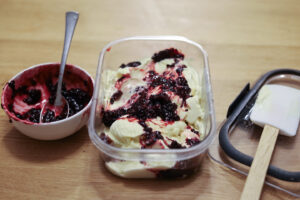




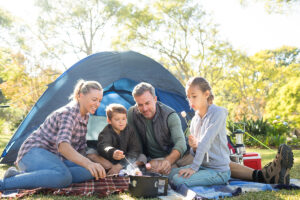



Wow!!! I had an idea it took a lot of sap to make maple syrup, but had no idea HOW much sap it took to make just one quart!!! The ratio of 43:1 is astounding. Add in the needed temperature fluctuation. Time. Steam. Bottling.
I have never complained at the price of good maple syrup, but I have heard others complain.
As someone who resides in a harsh ranching community, I truly believe if people fully understood how real food gets to their table and the amount of work involved, they would be more appreciative and be more invested not only in the food they eat, but in those that work to bring it to them.
Bless these farmers for their hard work!!!
Loree LM
I’ve always wanted to try this! Thank you for the information.
I love maple syrup
So do we!
We hope you have a great harvest, Jacqueline!
What a great comment, Loree!